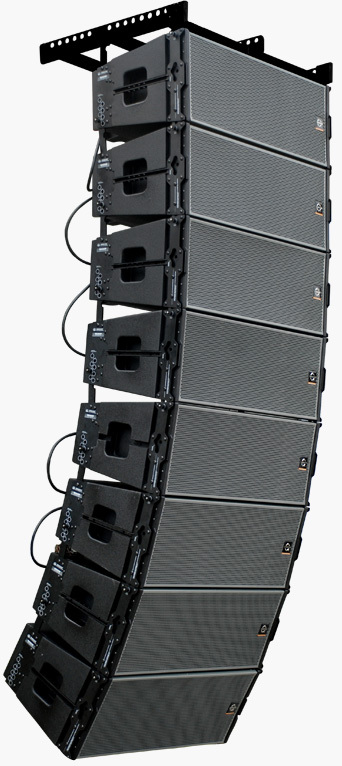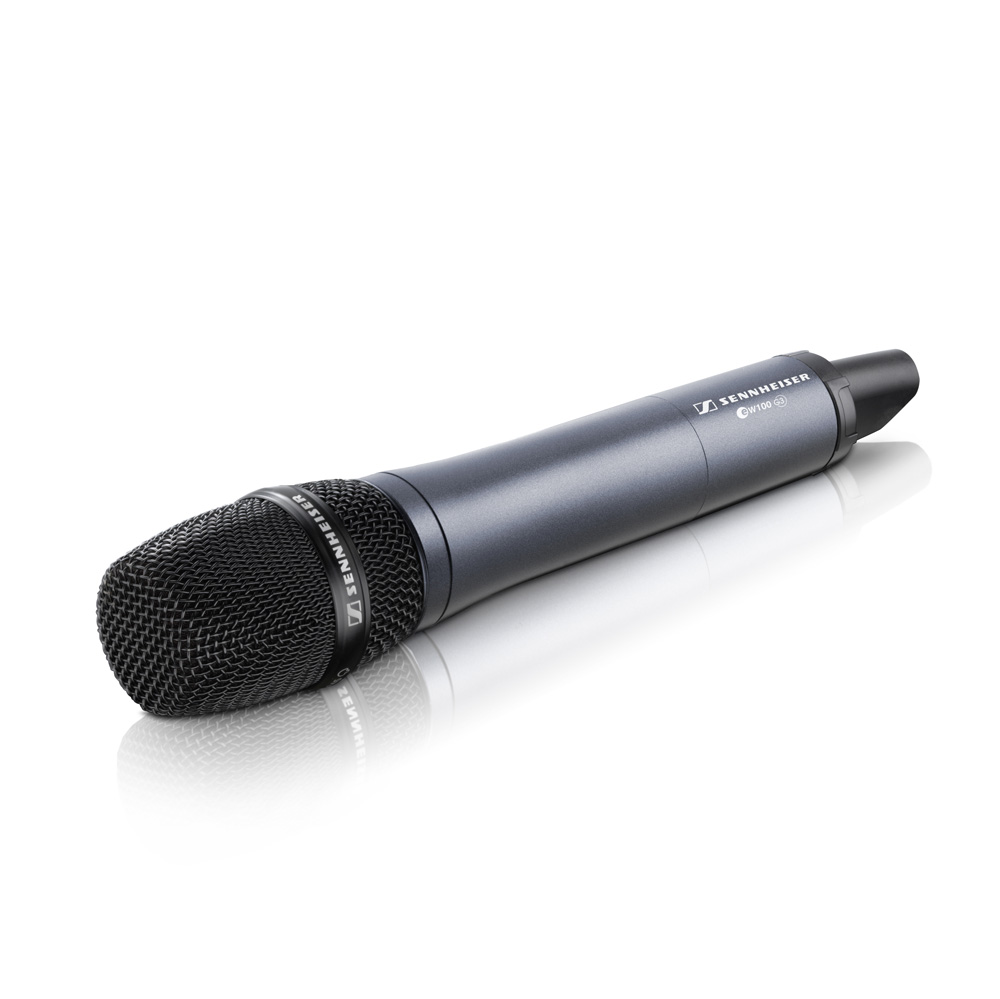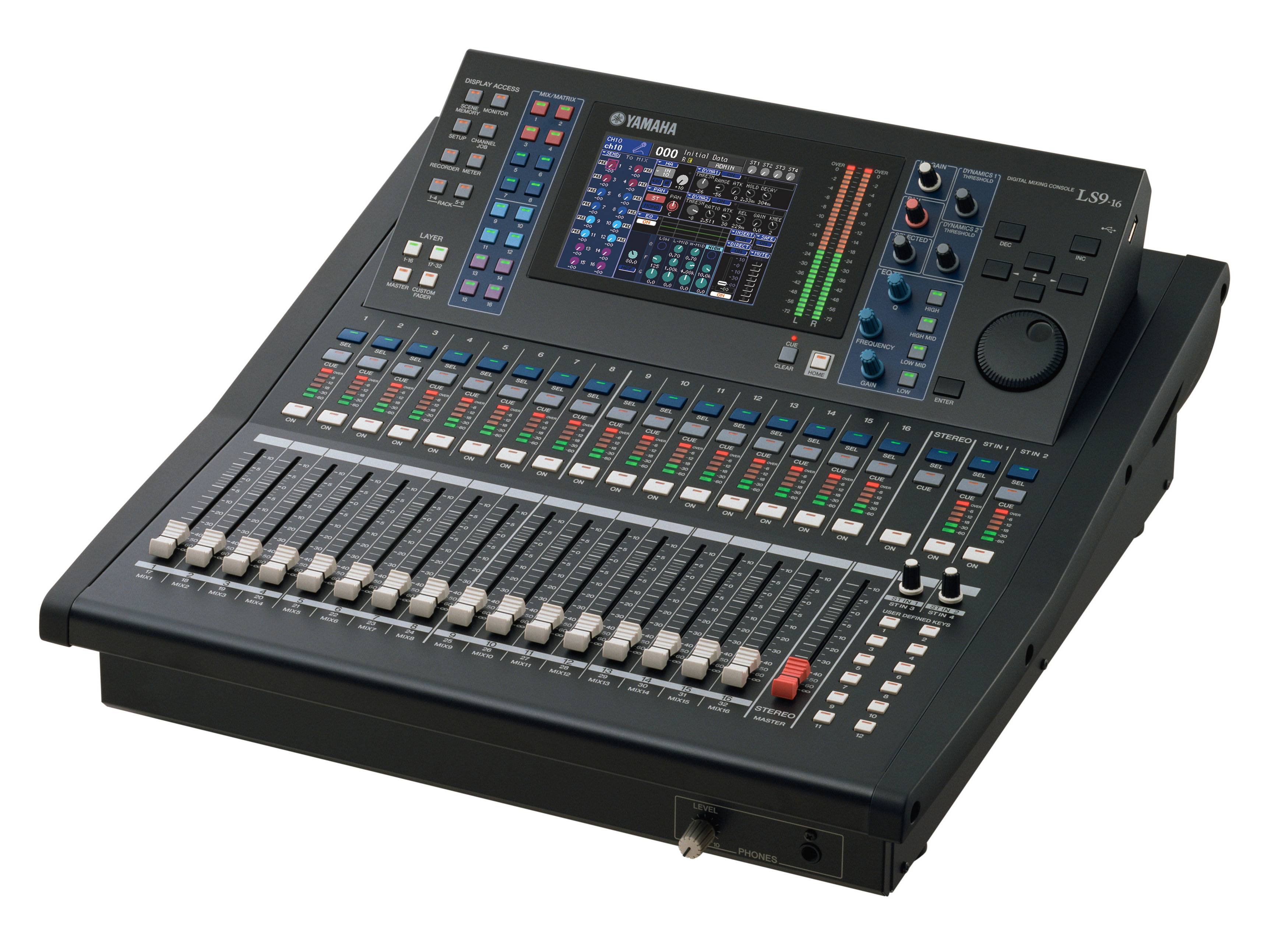
Sound
Before the introduction of modern sound equipment, performers just had to try their best to project their voices when performing a famous Shakespeare Play. But in the modern world that isn’t the case, although it is a good idea to still learn to project as a performer. These days sound is almost as important as the existence of the stage. With the construction of extremely large theatres consisting of several thousand seats, it would be impossible to do a show without some sort of sound amplification.
Outputs (Speakers)The speakers in a sound system play a very important part which is pretty obvious. But not just so you can hear the noise coming from the stage. Speakers are also used in other locations for many different purposes. Front of House (FOH) LoudspeakersThe large speakers facing you in the audience and also spread around the sides and back of the room. These speakers are so that you, wherever you are in the audience can hear what’s happening onstage. These can appear in many shapes and sizes from smaller wall-mounted speakers behind you or the extremely large sets of speakers hanging at the front known as a line array speaker. Shown in figure 3.1 is a large line array speaker system Foldback/MonitorsThese speakers are smaller and are often a different shape that sit in front of the stage and musicians so that they can hear their own instrument, voice or the background music which helps them keep in time and make sure their instrument sounds like it is supposed to. Inputs (Microphones, Instruments)The inputs of a show consist of the voices and instruments you hear, the sound effects, etc. These devices either have a sound output or have a microphone of some sort attached to them. Devices with Sound OutputsThese devices consist of iPods, computers and even by extension electric and semi-acoustic guitars. This sort of device can normally be plugged directly into the mixer. If a device doesn’t have a direct sound output it will need to have a microphone attached in order to hear it. MicrophonesThese devices don’t have the ability to plug directly into the sound system. These devices include acoustic guitars, violins, and also peoples voices. There are a few different types of microphones. The main two are instrument mics and vocal mics. Pictured in figure 3.2 is a wireless vocal microphone. Vocal MicsThese mics come in a few common shapes and forms. The most common being a standard vocal microphone which is connected by a cable to the sound system. These can also include wireless mics. Wireless mics can include handheld and headset mics which are commonly used for musicals or theatre productions. Instrument MicsThese mics are ones that are used to pick up the noise off an instrument that doesn’t directly output sound. These mics can be placed inside, in front of, next to, around, behind, pretty much wherever the sound is. These then connect to the sound system to output sound to the sound system. Controls (Mixers)These devices usually sit at the back or the middle of the audience and are operated by a sound operator. This desk takes all of the different signals from its connected inputs and mixes them all together and can send all those different signals out to the speakers so the audience can hear them. This happens incredibly fast with a very little delay. These mixers can range in size, shape and capacity. They can have anywhere from 2 or 1 inputs and 1 output up to seemingly infinite inputs and outputs. Pictured in figure 3.3 is a Yamaha LS9 Digital Mixing Desk |
 Figure 3.1 - Line Array Speakers  Figure 3.2 - Wireless Vocal Microphone  Figure 3.3 - Yamaha LS9 Digital Mixer |